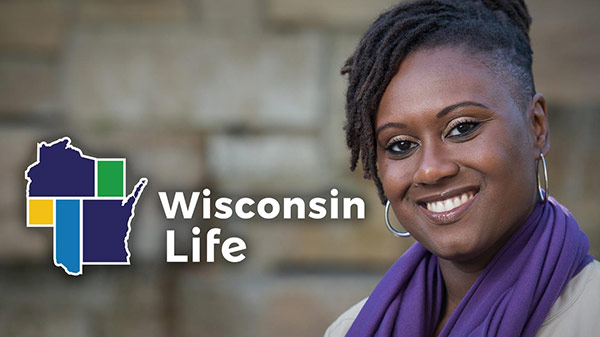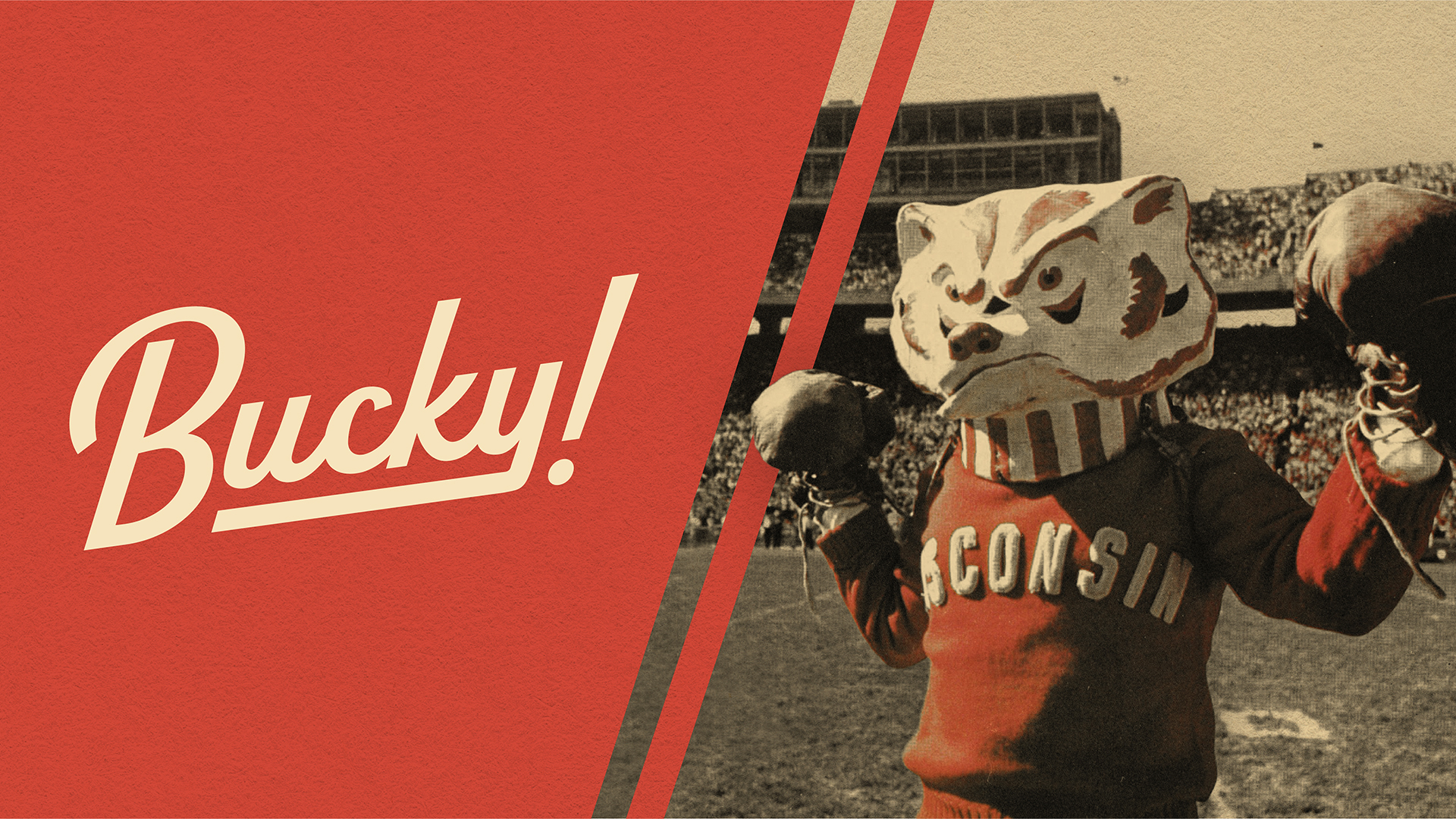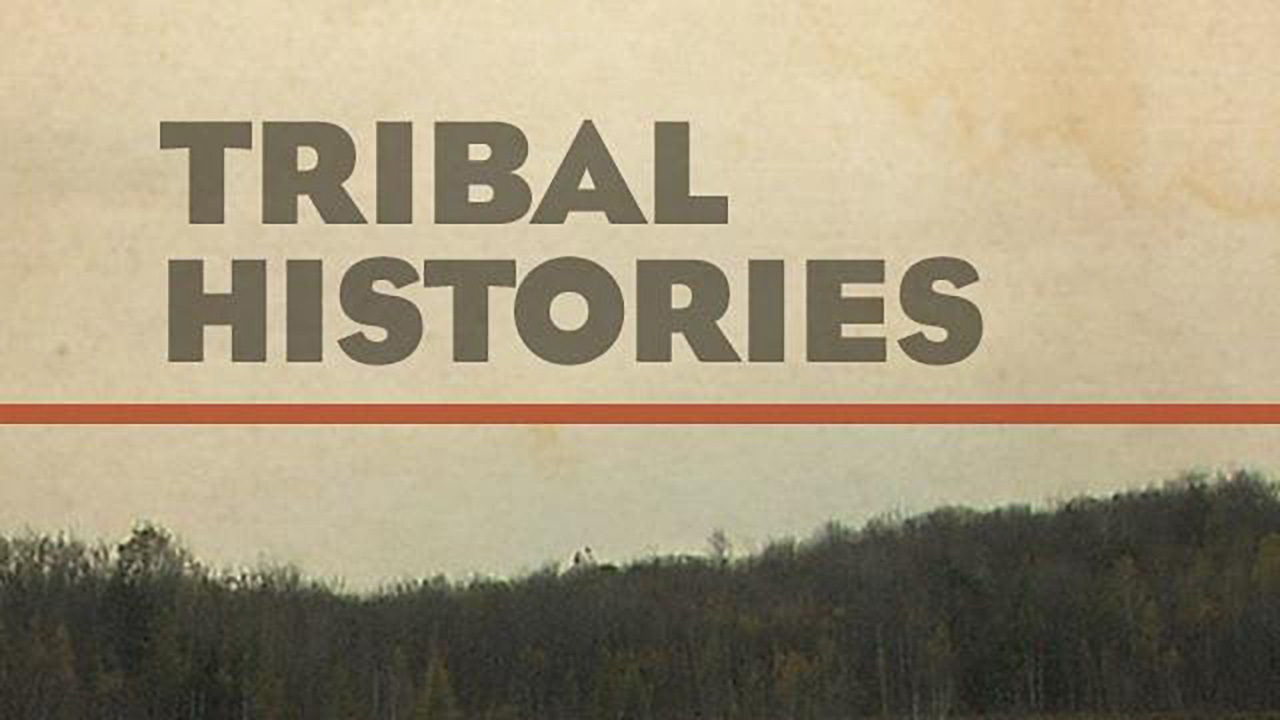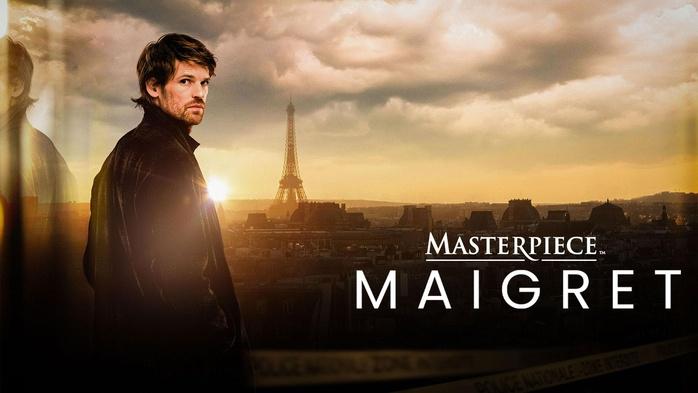[gentle music]
Jennifer Chiaverini:Well, hello everyone. Thank you so much for coming to see me here at The Great Wisconsin Quilt Show. I especially want to thank everyone from PBS Wisconsin and Nancy Zieman Productions for inviting me back to speak to all of you on this beautiful autumn day here in Madison, Wisconsin.
How many of you have been to The Great Wisconsin Quilt Show before? Oh, wow! Oh, I should’ve asked, how many people is this your first time? Oh, a handful of you. Oh, you are going to love it. This is one of my favorite events of the year. So much wonderful quilt inspiration, so many like-minded quilters and quilt enthusiasts. It’s always one of my very favorite places to come and speak to readers.
Well, today I am here to talk to you about my newest novel. It’s a novel in the Elm Creek Quilt series. Have any of you read any of the books in the Elm Creek– Oh, a few of you, a few of you. Yeah, a handful of you are familiar with the books. That’s good, you’re laughing. How many of you have read all of them? Oh, my goodness. How many of you have bought all of them, and you’re gonna get to them someday?
[audience laughs]
We love you too, we love you too. Well, this is– And I should’ve counted before I got here. I think this is, what, the 23rd? Let me see, is it 23rd or 24th? See, I write them, like, two years before you get them. So I’m a few books ahead of you, yeah. Well, here it says 36 novels overall. So I’m gonna say, I don’t know, 23rd? I don’t know, Marty is giving me a big nod from the back. Marty, my husband, my entourage, my supporter, my first reader, husband of 31 years. So, Marty says 23, so.
[applause]
So the new novel in the series is The World’s Fair Quilt, and this is a book that is actually a dual timeline story, meaning that it takes place in the Elm Creek Quilters present day, which is 2004. And then it also goes back into the past in 1933. So why is it in 2004 and not 2025?
Well, the Elm Creek Quilters timeline operates a little differently than ours does because whereas it takes me about two years from start to finish to write one of the Elm Creek Quilts novels, in that book, it’s possible that only a year or a summer or even a long weekend will pass in Elm Creek Quilters time. So they are still back in 2004 while we’re all the way up here. So if you’re wondering why they don’t just Google things or why they’re not using GPS on their phones, or why they’re not using Facebook or TikTok, well, that’s why. Because they didn’t have all of those things. Facebook did exist. I looked this up just to make sure because I know my historical reader fans really want me to be as accurate as possible. Facebook did exist, but it was called “The Facebook” and it was only for Harvard students at this time. So that’s why they’re not, you know, Instagramming everything in the books.
So in The World’s Fair Quilt, this book, like so many of my novels, was inspired by something that came along when I was researching or writing an earlier book. So my previous novel was The Museum of Lost Quilts, and I see a few nods. I’m glad you’re familiar with that. And in that story, my readers discover that the Elm Creek quilters have encountered some unexpected financial difficulties that are putting Elm Creek Quilts and Elm Creek Quilt Camp, the future of their businesses, in doubt. You know, it’s, who would have foreseen that running the country’s most prestigious quilter’s retreat in the middle of a 19th century manor in rural central Pennsylvania. Who could have imagined that this would be an expensive enterprise? Well, it is. And eventually, when you have a 19th century manor, things begin to crumble. And the 19th century wiring does– Even the early 20th century wiring doesn’t quite live up to what you need in the 21st century. So they’ve been having some financial problems.
Now, I knew everything was gonna turn out okay a few books later, but I forgot that my readers can’t read my mind and can’t see into the future. And so, of course, I’ve been getting all these emails from my readers saying, “No, not Elm Creek. “We can’t lose Elm Creek.” And I was, like, “Oh, I forgot. They don’t know everything’s gonna turn out okay.”
So, of course, I had to figure out how to fix this. And so, I was doing some research for The Museum of Lost Quilts. And a lot of that research involved looking at quilts and quilt history and all of the things that relate to quilts. And I came across this wonderful article and then later, this wonderful book about a quilting contest that took place at the 1933 World’s Fair in Chicago. And I really did not know a lot about this. I’m from the Chicago area. I did not know a lot about the 1933 World’s Fair. I knew more about the 1893 one.
But I just, I learned so much from reading about this quilting contest. It was called the Sears National Quilt Contest. And it was a contest that Sears sponsored. They were looking to encourage more women to take up quilting again because during the 1920s, quilting had kind of fallen out of favor. Women were more interested in modern conveniences. They wanted things that were mass-produced. They wanted things that were efficient. And quilting, you know, it’s beautiful, but it’s not particularly efficient. It takes a long time to make a quilt.
So Sears wanted to encourage more women to take up quilting again. And so, they sponsored this contest. And they invited quilters from all across the country to submit their quilts. And the winning quilt would be on display at the World’s Fair. And the winner would receive 1,000 dollars, which in 1933 was a tremendous amount of money. I mean, we’re talking about the height of the Great Depression here. So 1,000 dollars was a life-changing amount of money for most people.
And so, women from all across the country submitted their quilts. And there were, I believe, 25,000 quilts that were submitted. And then, from those 25,000, they selected the top 30 finalists. And those 30 quilts were put on display at the World’s Fair. And then, from those 30, they selected the winner. And the winning quilt was called “The Star of the Bluegrass.”
And it was made by a woman named Margaret Rogers Caden from Lexington, Kentucky. And her quilt was absolutely stunning. It’s a beautiful quilt. And I was just so fascinated by this whole story. And I thought, “This would be perfect for my Elm Creek quilters.” Because, you know, they’re always looking for ways to raise money. And so, I thought, “What if one of the Elm Creek quilters “had an ancestor who had entered this contest?” And so, that’s how the story for The World’s Fair Quilt was born.
So in this book, one of the Elm Creek quilters discovers that her grandmother had entered this contest in 1933. And she had been one of the 30 finalists. And so, the Elm Creek quilters decide that they are going to recreate this quilt. They’re going to make a reproduction of this quilt. And they’re going to auction it off to raise money to help save Elm Creek Quilts.
And so, that’s the present-day story. And then, the historical story goes back to 1933. And we meet this woman, this fictional character, who is the grandmother. And we learn about her life and her experiences during the Great Depression. And we learn about how she came to enter this quilting contest and what it meant to her. And so, it’s a dual timeline story. And I really enjoyed writing it because I love doing research for my historical novels. And I love learning about different time periods and different aspects of American history.
And the 1933 World’s Fair was just such a fascinating time period to research. Because, you know, on the one hand, you had the Great Depression. People were struggling. People were out of work. People were hungry. And yet, at the same time, you had this World’s Fair in Chicago that was celebrating progress and innovation and technology and the future. And it was this incredible contrast between the hardship that people were experiencing and this vision of the future that the World’s Fair was presenting. And I just thought that was such a fascinating juxtaposition.
And so, I really enjoyed researching this time period and learning about the quilting contest and learning about the women who participated in it. And I hope that my readers will enjoy reading about it as much as I enjoyed writing about it.
So, that’s a little bit about The World’s Fair Quilt. And I would be happy to answer any questions that you might have about the book or about my writing process or about anything else.
[Multiple Q&A exchanges with audience members follow, discussing topics including the Elm Creek series, quilt patterns, historical research, future projects like “The Patchwork Players” and “The Rational Dress Society,” C&T Publishing pattern books, and more]
Attendee 7:Okay, back to the dress reform.
Jennifer Chiaverini:Yes.
Attendee 7:Was Coco Chanel any part of an inspiration for you?
Jennifer Chiaverini:She was not. This is focused in the UK and it’s in the 1880s, so I’m mostly focusing on Lady Harberton. Another person who was very influential in this time was Amelia Bloomer. She was a little bit earlier, and she was in the U.S., but, you know, so that kind of prefigures what Lady Harberton was most interested in. So Coco Chanel, not so much, but there is– I think there might even be two– I know there is a recent historical novel about the Chanel sisters that just came out. The name escapes me at the moment, but… And the author does too, but, yeah, she certainly had so much going on in the world of fashion. And the books I’m thinking of are more in the 20th century rather than the late 19th. But I know another author has covered a lot of that, which would be really, really interesting.
I just wanted to get out my thank-yous once more to Nancy Zieman Productions and Deanna Springer and everyone at PBS Wisconsin. Both of them are such wonderful, wonderful resources, and we need to support the things we care about if we want them to be there for us when we want to enjoy wonderful programming, great quilt products, or this fantastic show that brings us together every year to discuss this art form that we all love so much.
Thank you, in particular, I know there are so many other shows. I’m so happy that you came to see me, and I hope you enjoy the show, and happy quilting! Thank you.
[applause]
Search Episodes

Donate to sign up. Activate and sign in to Passport. It's that easy to help PBS Wisconsin serve your community through media that educates, inspires, and entertains.
Make your membership gift today
Only for new users: Activate Passport using your code or email address
Already a member?
Look up my account
Need some help? Go to FAQ or visit PBS Passport Help
Need help accessing PBS Wisconsin anywhere?

Online Access | Platform & Device Access | Cable or Satellite Access | Over-The-Air Access
Visit Access Guide
Need help accessing PBS Wisconsin anywhere?

Visit Our
Live TV Access Guide
Online AccessPlatform & Device Access
Cable or Satellite Access
Over-The-Air Access
Visit Access Guide
 Passport
Passport






Follow Us